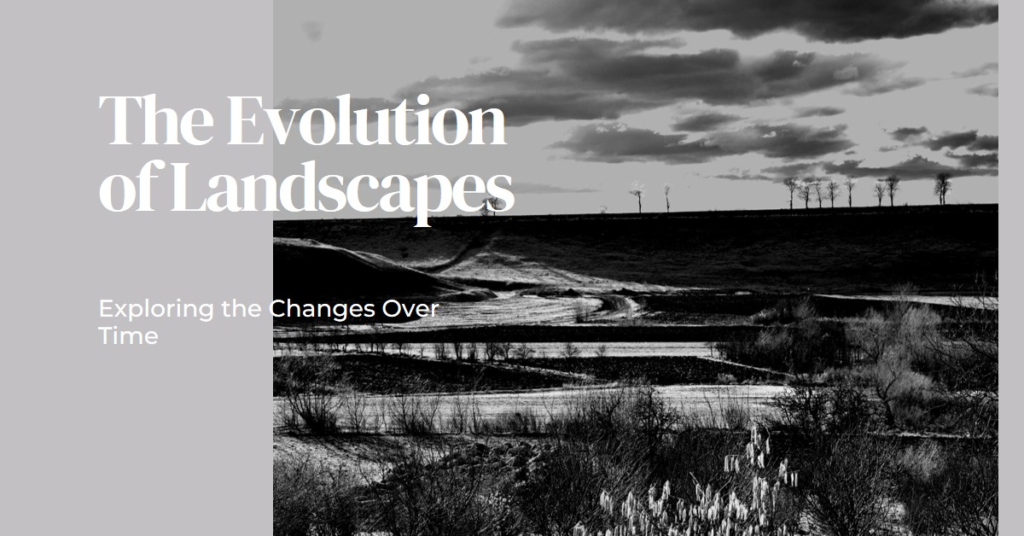
Table of Contents
- Introduction to Landscape
- The Cultural Canvas: Understanding the Fundamentals
- Sacred Spaces: Spiritual Significance in Landscapes
- Symbolic Gardens: Cultural Narratives in Horticulture
- Urban Landscapes: Reflecting Social Values
- The Role of Water: Cultural Interpretations
- Landscapes as Cultural Memory: Preserving Heritage
- The Intersection of Culture and Ecology
- Contemporary Landscapes: Evolving Beliefs
- Conclusion: Landscapes as Cultural Mirrors
Introduction to Landscape
Landscape – Landscaping transcends mere aesthetic appeal; it embodies cultural beliefs, historical narratives, and societal values. The way communities shape their surroundings offers profound insights into their collective identity, spiritual inclinations, and ecological wisdom. This blog post delves into the intricate relationship between landscape features and cultural beliefs, unveiling the rich tapestry of human interaction with the natural world.
The Cultural Canvas: Understanding the Fundamentals
Landscapes serve as a canvas where cultures paint their identities. These features are not randomly placed; they are thoughtfully designed to reflect the community’s ethos. For instance, Japanese gardens, with their meticulous arrangement of rocks, water, and plants, epitomize the Zen philosophy of simplicity and harmony. This contrasts with the grandeur of French formal gardens, which reflect the Enlightenment ideals of order and human mastery over nature.
Understanding the cultural significance of landscapes requires a deep dive into the historical and social contexts that shape them. A garden in Kyoto, meticulously designed to evoke a sense of peace, mirrors the Japanese cultural emphasis on tranquility and introspection. Meanwhile, the sprawling estates of Versailles demonstrate the French aristocracy’s pursuit of control and opulence.
Sacred Spaces: Spiritual Significance in Landscapes
Landscapes often serve as sacred spaces, reflecting spiritual beliefs and practices. In many cultures, certain natural features are imbued with religious significance. For example, the towering mountains of the Himalayas are considered sacred in Hinduism and Buddhism, symbolizing the abode of gods and the path to enlightenment.
Similarly, indigenous cultures across the globe view landscapes as integral to their spiritual identity. The Aboriginal Australians’ concept of ‘Dreamtime’ intricately links the land with creation myths and ancestral spirits. These sacred landscapes are not just physical spaces but are imbued with stories and rituals that sustain cultural continuity.
Symbolic Gardens: Cultural Narratives in Horticulture
Gardens are powerful symbols of cultural narratives and philosophical beliefs. The Persian gardens, known as ‘paradise gardens,’ are designed to represent an earthly reflection of the Garden of Eden, embodying concepts of paradise, eternal life, and cosmic order. These gardens often feature quadripartite designs, symbolizing the four Zoroastrian elements: sky, earth, water, and plants.
In contrast, the English cottage garden, with its informal, rustic charm, reflects a different cultural narrative. These gardens symbolize the pastoral ideal, celebrating nature’s untamed beauty and the simplicity of rural life. They stand in opposition to the formality and rigidity of more structured garden designs, embodying a cultural appreciation for spontaneity and natural abundance.
Urban Landscapes: Reflecting Social Values
Urban landscapes provide a fascinating insight into societal values and priorities. The design and distribution of parks, public squares, and green spaces in cities reflect the community’s approach to social interaction, public health, and environmental stewardship. For instance, the prevalence of communal gardens and parks in Scandinavian cities underscores the cultural emphasis on egalitarianism, community well-being, and access to nature.
In contrast, the urban landscapes of many American cities reveal different priorities. The dominance of private lawns and gated communities reflects cultural values of individualism and property ownership. These landscapes also highlight issues of social inequality, as access to green spaces often correlates with socio-economic status.


The Role of Water: Cultural Interpretations
Water features prominently in many landscapes, symbolizing various cultural beliefs and practices. In Islamic gardens, water represents purification and life, and is often used in intricate designs to create a sense of tranquility and contemplation. The presence of water in these gardens is not merely decorative but carries deep spiritual and cultural significance.
Conversely, in Chinese garden design, water symbolizes flow and harmony, complementing the principles of Feng Shui. The careful placement of ponds and streams in these gardens is intended to balance energies, reflecting the Daoist belief in harmony between humans and nature. Water features in such landscapes serve as a bridge between the physical and metaphysical realms.
Landscapes as Cultural Memory: Preserving Heritage
Landscapes function as repositories of cultural memory, preserving the heritage and history of a community. Historic gardens, monuments, and heritage sites are more than tourist attractions; they are tangible links to the past, embodying the cultural and historical narratives of a people. The preservation of these landscapes is crucial for maintaining cultural identity and continuity.
For example, the terraced rice fields in the Philippines are a UNESCO World Heritage site that reflects centuries of agricultural ingenuity and cultural heritage. These landscapes are a testament to the symbiotic relationship between the community and their environment, showcasing sustainable practices that have been passed down through generations.
The Intersection of Culture and Ecology
Cultural beliefs often shape ecological practices and vice versa. Many traditional societies have developed landscape management techniques that are deeply rooted in their cultural beliefs and ecological knowledge. These practices often promote biodiversity and sustainability, demonstrating a profound understanding of local ecosystems.
The concept of ‘agroforestry’ in many indigenous cultures, where crops are grown alongside trees, reflects an integrated approach to farming that enhances biodiversity and soil health. These landscapes are not only productive but also maintain ecological balance, illustrating the cultural wisdom that informs sustainable practices.
Contemporary Landscapes: Evolving Beliefs
As cultures evolve, so do their landscapes. Contemporary landscape design often reflects changing cultural beliefs and values, particularly regarding sustainability and environmental consciousness. The rise of urban farming, green roofs, and community gardens in modern cities indicates a growing cultural shift towards environmental stewardship and sustainable living.
These contemporary landscapes are often designed to mitigate the effects of urbanization, such as reducing the urban heat island effect, improving air quality, and enhancing biodiversity. They reflect a modern cultural belief in the importance of reconnecting with nature and promoting ecological resilience in urban environments.
Conclusion: Landscapes as Cultural Mirrors
Landscapes are more than just physical spaces; they are mirrors reflecting the cultural beliefs, values, and histories of the people who shape them. From sacred mountains to urban parks, each landscape tells a unique story about the community it serves. Understanding these stories enriches our appreciation of the diverse ways humans interact with their environment and highlights the profound connection between culture and nature.
As we continue to navigate the challenges of the modern world, recognizing and preserving the cultural significance of landscapes becomes increasingly important. These spaces not only provide aesthetic and ecological benefits but also serve as vital links to our collective past and guides for our future. By respecting and learning from the cultural beliefs embedded in our landscapes, we can foster a deeper connection with our environment and create more harmonious and sustainable communities.


